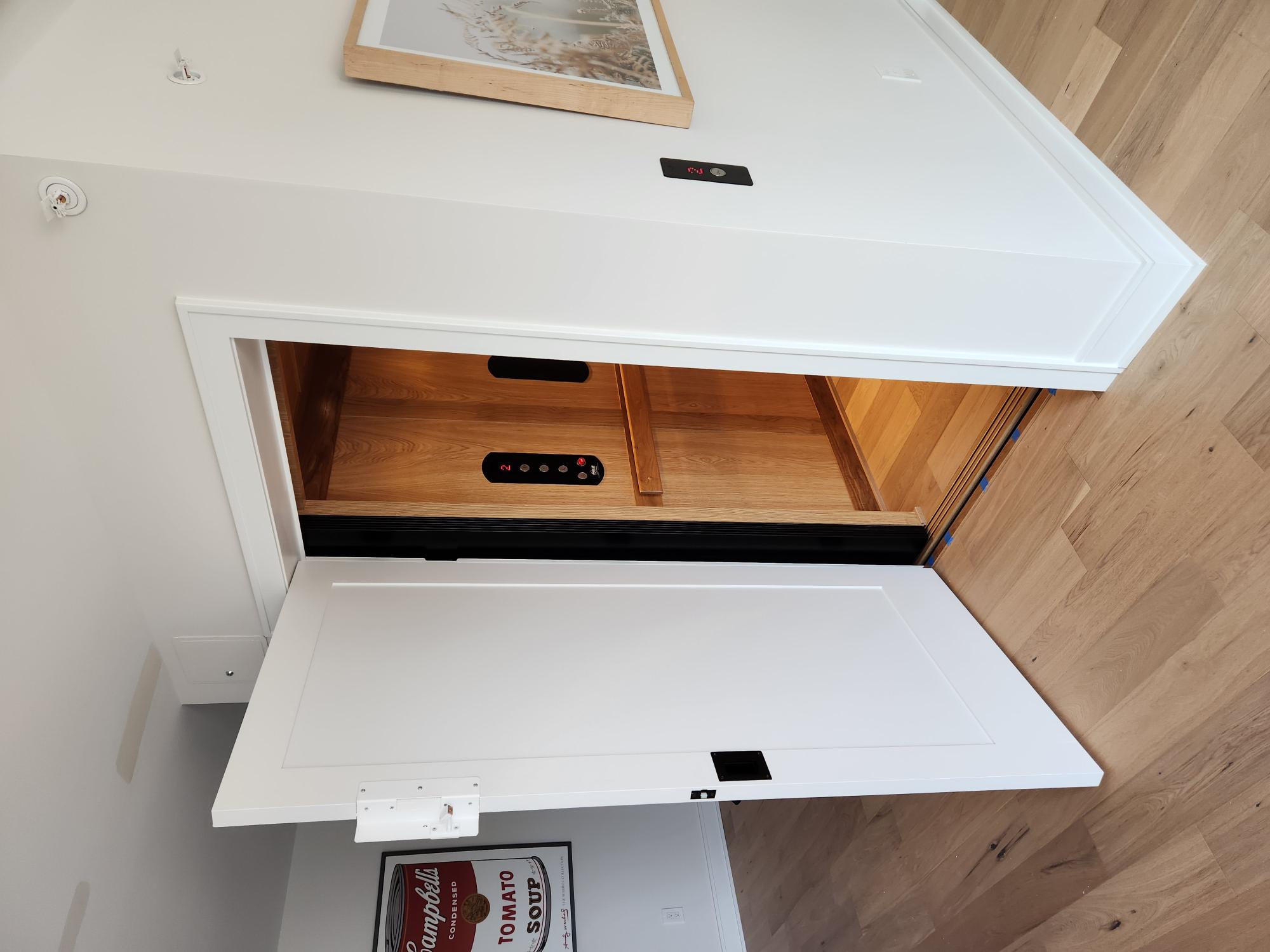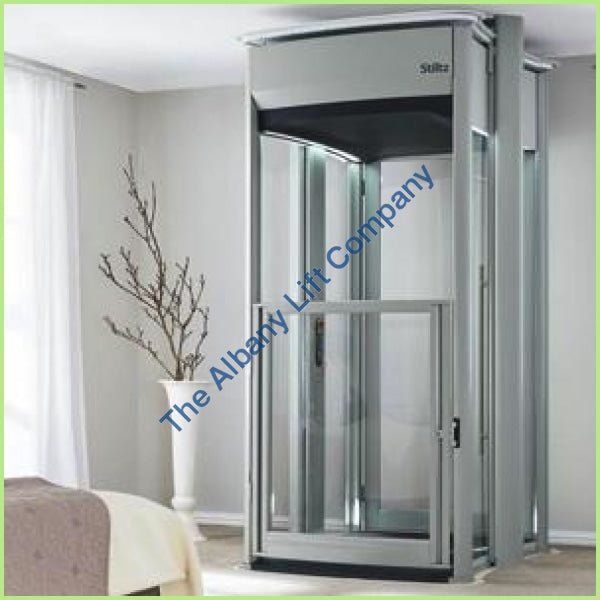Discover Dependable Lift Repair Near Me for Rapid and Affordable Service
Discover Dependable Lift Repair Near Me for Rapid and Affordable Service
Blog Article
Deciphering the Complexities of Lift Modern Technology: Troubleshooting Common Issues Across Lift Models
In the realm of lift modern technology, a myriad of ins and outs often lie under the surface area of what seems a straightforward system. From slow procedure concerns to peculiar sounds rising from the machinery, repairing typical troubles across different lift models demands a keen eye for information and an organized approach - repair and maintenance services. As we start this trip to unwind the intricacies that can afflict these necessary gadgets, a deeper understanding of the internal workings and potential risks of lift modern technology is vital. Remain tuned as we browse via the labyrinth of lift malfunctions, looking for solutions to the enigmatic issues that can interfere with the smooth performance of these vital devices.
Determining Slow Operation Issues

Following, inspect the electrical connections to guarantee that all components are appropriately connected and working. Malfunctioning circuitry or loosened connections can bring about slow procedure or full malfunction of the lift system. Furthermore, it is important to check the control system to determine if the problem lies in the programming or sensing units.
If the visual assessment and electric checks do not expose the origin of the sluggish operation, further diagnostic tests may be required. These can include stress examinations for hydraulic systems, voltage tests for electrical components, or running analysis software application for the control system. repair and maintenance services. By following a systematic strategy to troubleshooting slow operation concerns, you can successfully fix the problem and determine, making sure the lift runs safely and successfully
Resolving Odd Noises
To effectively fix lift technology for odd noises, an extensive exam of the lift elements adhering to the recognition of slow-moving operation concerns is important. Weird noises in lifts can be a sign of underlying troubles that call for punctual focus to ensure the safety and integrity of the system. Common resources of unusual sounds in lifts include worn-out or misaligned pulleys, harmed electric motor bearings, loose or busted suspension ropes, and malfunctioning control systems. When resolving odd sounds, it is vital to perform an organized examination of these components to identify the precise reason for the noise properly. This may entail looking for any visible indications of deterioration, checking the functionality of motor bearings, tightening loosened links, and lubricating moving parts as needed.
Furthermore, it is important to refer to the lift maker's upkeep guidelines and seek assistance from certified professionals when handling complex lift elements or strange troubleshooting procedures. By promptly attending to strange noises and solving underlying issues, lift drivers can make sure the optimal performance and safety of the lift system for operators and passengers.
Dealing With Faulty Control Problems
An effective method for addressing defective control issues in lift technology includes my response carrying out an extensive analysis of the control system's elements and performance. When running into concerns with lift controls, it is important to very first check for any type of loose connections, damaged circuitry, or malfunctioning sensing units. Verifying that all control displays, keypads, and buttons are operating correctly is additionally essential in detecting the issue precisely.
If no visible concerns appear, professionals must proceed to check the control panel for any signs of water overheating, rust, or damage, as these can typically lead to regulate malfunctions. In addition, resetting the control system or upgrading the software might help resolve specific glitches or pests triggering the trouble.

Tackling Hydraulic System Malfunctions
The performance of hydraulic systems in lifts relies greatly on the correct functioning of various parts within the system. When hydraulic systems malfunction in lifts, it can result in functional interruptions and security worries. One common problem is hydraulic liquid leak, which can happen due to worn-out seals, loosened connections, or damaged cyndrical tubes. To tackle this trouble, service technicians ought to perform a complete evaluation to recognize the source of the leak and change any kind of damaged components without delay.
Another constant hydraulic system breakdown is a loss of stress, which can arise from air getting in the system, fluid contamination, or pump inadequacies. Specialists can resolve this by hemorrhaging the system to eliminate air, replacing contaminated liquid, or servicing the pump as needed. Furthermore, irregularities in hydraulic liquid levels or unusual noises during lift operation may suggest underlying system breakdowns that need instant interest to stop additional damage. Normal maintenance and prompt troubleshooting of hydraulic system concerns are vital to ensuring the effective and safe procedure of lift modern technology.
Managing Electric Part Failures
Resolving electrical part failures in lift innovation necessitates a systematic technique to identifying and dealing with issues to maintain operational performance and security requirements. When running into electrical problems in lift systems, it is critical to first conduct a complete assessment of the electrical elements, including control panels, wiring, sensors, and circuit boards. Any indications of damages, rust, loosened links, or charred aspects need to be meticulously kept in mind and attended to promptly to avoid more difficulties.
In the situation of electric element failures, it is vital to comply with maker standards for fixing and repair work treatments. This may include testing the parts making use of multimeters, oscilloscopes, or other diagnostic tools to identify the specific resource of the breakdown. Additionally, having a comprehensive understanding of the lift's electrical schematics and wiring layouts can assist in identifying and remedying problems effectively.
Routine upkeep and evaluation timetables can assist protect against electrical failings by finding potential concerns beforehand. Proper training for lift service technicians on electric systems and parts is additionally essential to guarantee exact medical diagnosis and reliable resolution of electric troubles, ultimately adding to the general security and reliability of lift procedures.
Final Thought
In final thought, troubleshooting lift technology calls for a methodical technique to recognize and resolve usual troubles such as slow-moving procedure, odd sounds, malfunctioning controls, hydraulic system breakdowns, and electrical component failures. By recognizing the intricacies hop over to here of lift technology and complying with appropriate fixing actions, service technicians can efficiently solve problems and guarantee the reliable and safe procedure of lifts across numerous models.
To effectively fix lift technology for unusual sounds, a comprehensive exam of the lift components adhering to the identification of slow-moving operation problems is important. Unusual noises in lifts can be a sign of underlying issues that call for prompt interest to ensure the safety and security and dependability of the system.An efficient method for addressing defective control troubles in lift modern technology involves performing a thorough assessment of the control system's components and functionality.The effectiveness of hydraulic systems in lifts relies greatly on the proper performance of different elements within the system. repair and maintenance services. When coming across electric problems in lift systems, it is crucial to very try this first perform an extensive inspection of the electric elements, consisting of control panels, electrical wiring, sensing units, and circuit boards
Report this page